Are you bored with having to work from home, drinking the same old beverages, not being able to travel abroad, so the opportunity to learn about each country’s tea culture by yourself has been missed. Today, MATCHAZUKI will take you to get to know the uniqueness, differences and strengths of each country’s tea instead of flying to taste it yourself. Let’s see what the strengths of tea, a universal beverage, are from each country, and what type of tea it is.
Start with Turkish tea , a tea served in a small glass with a sugar cube. Hot tea is a popular drink and can be drunk at any time and on any occasion. Turkish teapots are double-layered kettles with hot water on the bottom and tea leaves and hot water (tea). Place the kettle on the stove, add water to the bottom kettle and dry tea leaves to the top kettle. Do not add hot water yet. Wait until the water in the bottom kettle boils. Pour hot water from the bottom kettle into the top kettle until it covers the tea leaves. Place the top kettle on the bottom kettle. Turn down the heat and continue to brew. The tea brewing method is complete. To pour tea, pour tea from the top halfway into a teacup and add hot water from the bottom kettle. Adjust the strength to your liking. Add sugar cubes and stir until the sugar dissolves. Stir until the spoon and glass clink together to create a delicious tea experience. Turkey has many types of tea leaves, the most popular being black tea, apple tea, and chamomile tea.
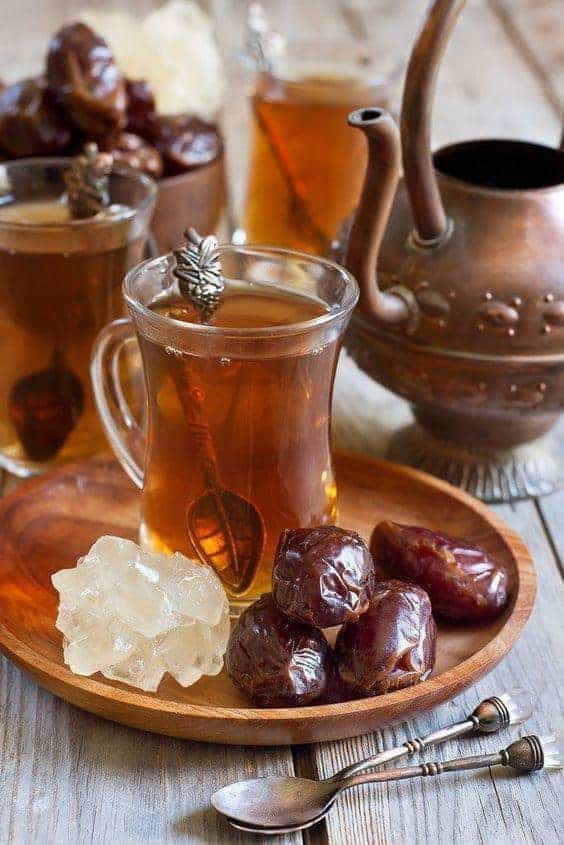
Moroccans enjoy a refreshing green tea with mint leaves, which is a famously sweet tea, so don’t forget the sugar, and Moroccan tea is often served with a variety of dried fruits and nuts for dessert.
Kuwaitis love black tea mixed with cardamom and saffron. Tibetan tea is made with milk, yak butter and salt. It has a bitter taste, so it is popular among children, adults and the elderly. It is also a tonic for practitioners. Tibetan tea is usually black tea, pressed into blocks. In areas where yaks are raised, this type of tea is drunk by boiling it with milk. In central and parts of Kham, such as in Gyalthang (Shangri-La), butter is added, a little salt is added and pounded in bamboo tubes, resulting in a unique Tibetan beverage called butter tea. However, in areas where animals are not raised, fresh milk is hard to find, so salt is added to black tea. Interestingly, when Tibetan tea is kept in yak skin for more than ten years, it becomes “fermented tea”, which becomes a health tea. The older this type of tea is, the more valuable and expensive it becomes.
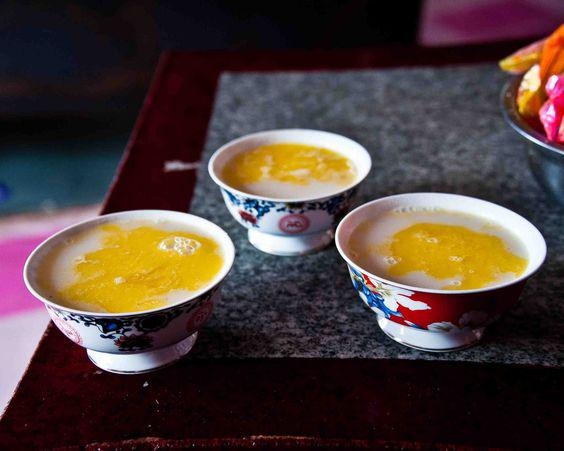
Hong Kong people add condensed milk to their tea and ice, similar to iced tea. However, Taiwanese tea is famous for its tapioca pearls, which originated when Taiwan added large pearls of boiled sugar to tea to enhance both the flavor and the interestingness of drinking tea. It has spread and become famous all over the world, not just in Asia, but even blonde Westerners cannot help but be amazed by the interesting novelty and the incredibly delicious taste of Taiwanese “pearl milk tea.”
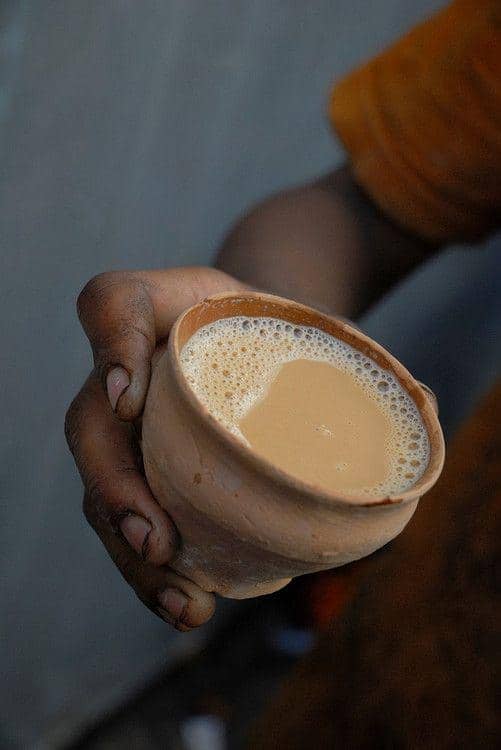
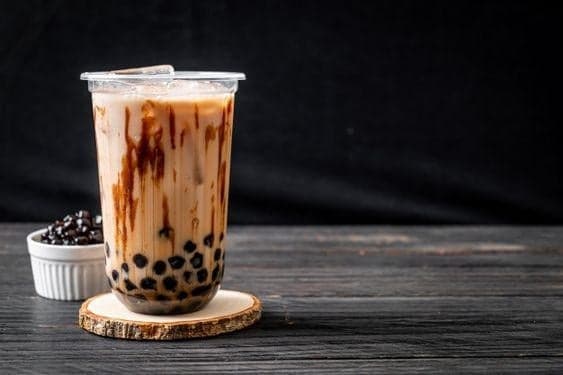
American Tea Although Americans do not drink as much tea as the British, because Americans prefer to drink coffee rather than tea, tea plays a significant role in American society. During the period when the United States was a British colony, tea leaves that were to be brought to the United States were subject to taxes, which led to violent protests. This was the issue that led to the declaration of independence of the United States from England. In addition, it can be said that Americans revolutionized the way tea is drunk, which has become popular all over the world until today, namely, tea bags and iced tea. However, Americans still like to drink black tea, just like the British, and usually drink black tea with lemon and sugar. Baking soda is another ingredient that Americans add to make the tea taste smoother.
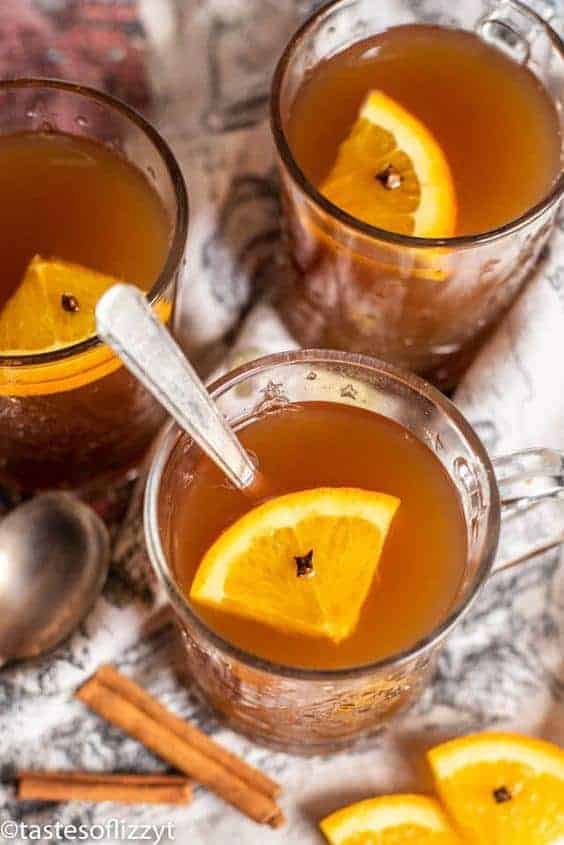
Pakistani Masala tea, made with spices and cow’s milk butter, is also known as “mixed-spiced tea.” It is mainly made with black tea leaves from the Assam state and is blended with a variety of Indian spices such as cardamom, star anise, coriander seeds, nutmeg and cloves. It was originally used as a medicinal and Ayurvedic drink thousands of years before the British introduced “tea” to the world. Today, Masala Chai is known around the world as a black tea steeped in milk. Westerners have adapted it into a “Tea Latte”, but Pakistani tea must have the sweetness of palm sugar, the richness of fresh milk and the aroma of spices.
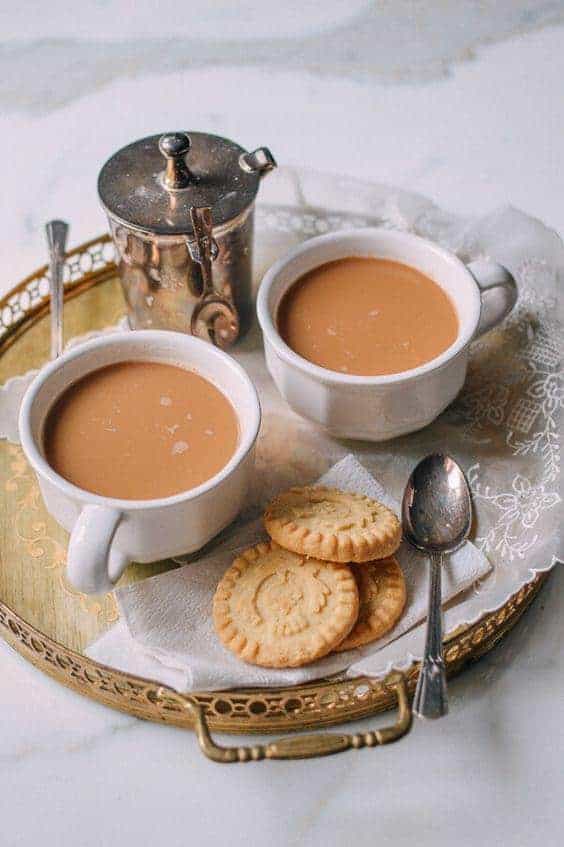
As you can see, in addition to the Japanese green tea that everyone is familiar with, other countries also have different tea drinking cultures. The traditional taste of tea that we drink also changes in each country. If the COVID situation is over, I believe that many people will definitely go out to travel and taste tea in different countries.
Source
https://petmaya.com/21-tea-around-the-world-wow
http://theteashelf.com/teas-across-the-world/
http://thewoksoflife.com/2015/08/yuanyang-tea-hong-kong/
https://www.tastesoflizzyt.com/russian-tea/
http://myturkeyfood.blogspot.com/
https://www.flickr.com/photos/61259075@N08/14486900931/
Article from: Fuwafuwa
